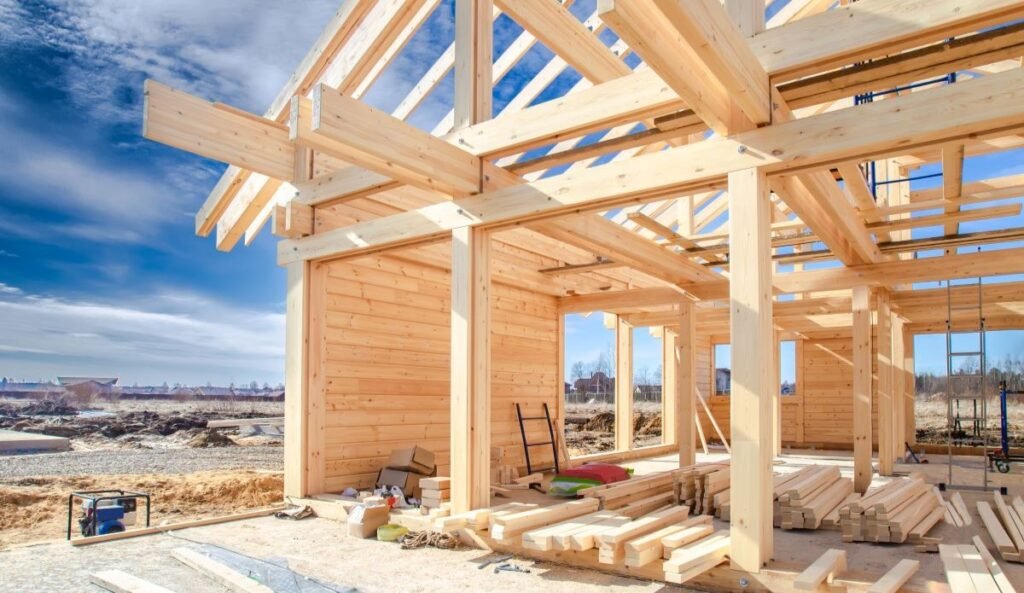The Push for Accessory Dwelling Units: State Legislation and Local Impact
The national housing shortage, the benefits of increased density, an ongoing shift in consumer tastes toward smaller homes closer to where the urban action is, and other factors have pushed state legislators to make it easier to build accessory dwelling units.
In 2024 alone, Colorado, Arizona, Massachusetts, and Hawaii passed major ADU legislation, and California added several laws to open the doors wider for ADUs. Ultimately, though, local governments remain the key gatekeepers when it comes to ADU liberalization. While state-level ADU policies take aim at local rules that hamper ADU development, there’s still work to be done.
But first, the good news. Colorado’s HB24-1152 and Arizona’s SB 1415 followed the main tenets of what’s become a standard approach to stoking ADU development. They made ADUs legal by right (meaning local governments can’t simply forbid them), did away with or minimized requirements for added parking requirements, banned municipalities from forcing more stringent ADU design requirements than on the primary dwelling, and eased or eliminated owner-occupancy requirements. Hawaii’s SB 3202 follows suit, though it doesn’t address parking requirements.
The Massachusetts Affordable Homes Act, passed in August, allows ADUs under 900 square feet by right on single-family lots. State officials expect 8,000 to 10,000 ADUs to be built in the next five years thanks to the law. And in California, which passed its first ADU law back in 1982, five ADU-related laws passed:
- AB 976 made permanent a sunsetting ban on owner-occupancy requirements.
- AB 1033 allows the separate sale of an ADU from the main residence.
- AB 1332 requires all cities and municipalities to develop programs for the preapproval of ADU plans posted to the agency’s website, streamlining the review process.
- SB 1211 makes it easier to build ADUs on multifamily properties.
- SB 1210 requires utilities to post estimated fees and completion timeframes for typical service connections, including ADUs (ensuring that owners have an idea upfront about the cost and timing of utility hook-ups).
As state legislatures continue to press municipalities to ease or remove ADU-related restrictions (13 and counting have done so), utility and other fees—collectively known as impact fees—move toward the center of pro-ADU policy discussions. That’s because impact fees can add up to more than enough to stifle ADU development.
Take a couple of examples from Colorado, where the state and many municipalities are working hard to change the regulatory landscape that favors large single-family homes. The town of Lyons, near Boulder, is looking to boost density. But legacy regulations that favor sizable single-family homes mean the impact fees tacked to each door of a high-density single-unit development make it financially untenable. So, despite a tight community of ADUs aligning with Lyons’s community goals, it looks like the land will instead go to a developer of standard single-family homes.
In Nederland, another town near Boulder, the impact fees to build an ADU – or any other home – add up to about $65,000. If you’re building a $2 million mansion, that’s perhaps a rounding error. But if you’re considering a $200,000 ADU, it’s a huge hit.
To Nederland’s credit, they’re working on a water study and are intending to reduce those fees. The town is following a clear trend: Scarcely a week goes by when a municipality somewhere in the country isn’t liberalizing their ADU-related ordinances. Based on those and my own experience, a few things municipalities can do to help foster ADUs beyond those typically found in the new state mandates:
- Prorate impact fees based on building size, not just whether it’s a dwelling unit or not. A 750-square-foot ADU is not, from a utility’s perspective, the same as a 5,000-square-foot house.
- Consider a program to waive system-development charges, as Portland, Ore., does if the ADU is not intended as a short-term rental. Those charges can include transportation (for possible right-of-way improvements) water, sewer and stormwater, and parks and recreation.
- If historically single-family home is dominant, evaluate how zoning and permitting works (or doesn’t work) for multi-unit or small-unit developments.
- As California is doing with AB 1332, fast-track permitting when ADUs are to be built based on pre-engineered plans previously submitted by ADU builders.
Finally, a broader consideration: Think about the long-term advantages of higher density, including higher sales-tax revenues and property tax revenues—and without the headaches that can come with multifamily buildings in terms of, for example, public safety.
States and municipalities have come a long way in smoothing the paths forward for those who hope to add vital infill housing through ADUs. Ultimately, though, municipalities hold the keys to whether or not ADUs can open many more doors in tackling the persistent U.S. housing shortage.
sentence: The cat purred softly as it curled up on the warm blanket.
The cat made a gentle purring sound as it settled down on the cozy blanket.

